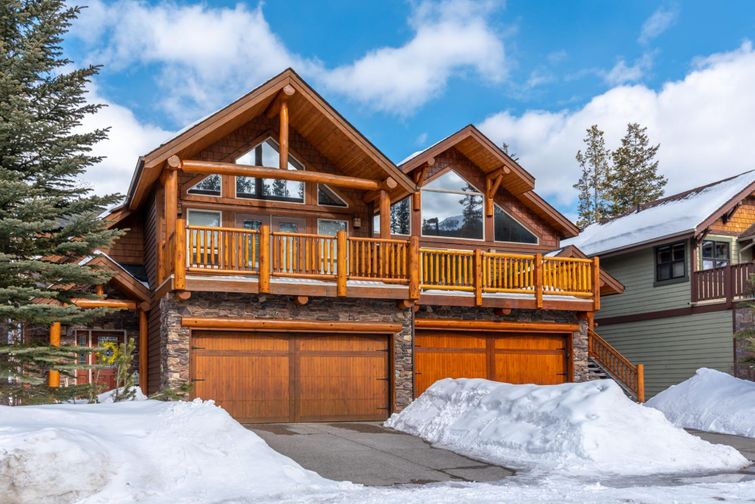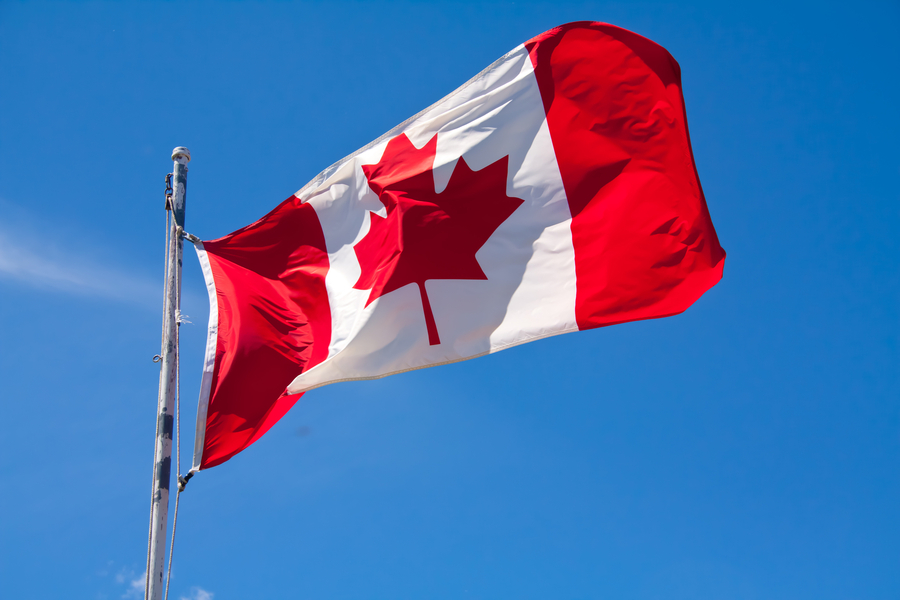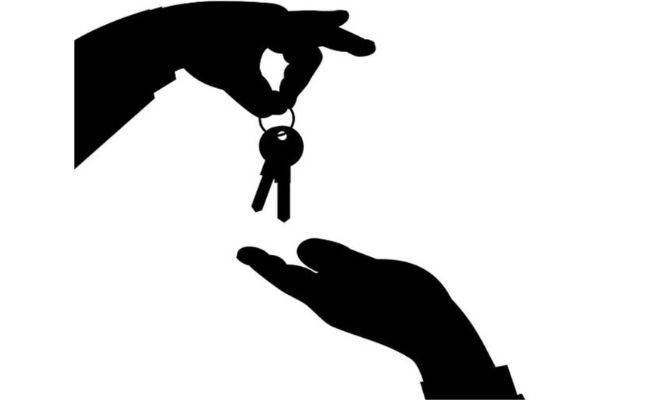Buying a home in Canada for the first time may seem like a daunting and complicated process. It seems like young buyers are having a difficult time entering the housing market due to high market prices. Understanding the home ownership process is essential, particularly for young people and first-time home buyers.
What is homeownership like in Canada?
Even though prices have skyrocketed, the homeownership rate in Canada has been steadily increasing over the past few years.
In the past year, there has been high demand and low supply in the housing market. This creates a seller’s market – allowing home sellers to look for the best offer when it comes to selling their property. This boosts housing prices and often ends up in a property selling for more than its asking price.
Homeownership statistics
The 2016 Canadian census provided some helpful information for professionals and homeowners alike. While the data is from several years ago, it still provides a solid snapshot of what home ownership is like in Canada.
In 2000, the rate was sitting just below 64%, but has risen to 63% in 2016 and is up to 68.55% in early 2020. In that grouping, individuals in the 55-64 age range made up most of the owners, sitting at around 78%. With the population aging, it is likely that these numbers will fluctuate slightly in the coming years.
Also, 78% of homeowners are couples, some with children and some without. Royal LePage Signature Realty also reported that around 48% of young buyers in the 25-35 age group owned their own home. As well, 92% of these young people have a positive association with real estate investments and believe that purchasing a home is a good financial investment.


The census showed that many homeowners earned higher incomes and often had an education level higher than a secondary school diploma. The research also found that families with wiser spending habits (like sticking to a household budget and paying off their credit card payments in full every month) were more likely to own their homes.
However, while the homeownership rate is increasing from a national perspective, there are more renters than homeowners in provinces like Ontario and British Columbia. On the opposite end, the 2016 study found that individuals in areas of Newfoundland & Labrador and Manitoba (besides Winnipeg) were more likely to be home owners.
This is not surprising seeing as Toronto and Vancouver are in the top 5 most unaffordable cities in the world. With high average house prices and high cost of living in major urban centres, it can be hard for people living in BC and Ontario to purchase their first home.
Real estate market statistics
Many individuals and businesses experienced economic challenges during the COVID-19 pandemic. However, 2020-21 also saw one of the biggest housing booms in the past several years. CREA actually reported that 551,000 homeowners purchased a property that was listed on MLS. In early 2020, right as the pandemic was sweeping through, mortgage rates fell leading to low borrowing costs and historically low interest rates.
Because of this, many buyers realized that they could purchase a home and lock in a low interest rate with a low monthly mortgage payment. This led to high demand for houses and a shortage of houses on the market.
Of the 27 cities surveyed by the New Housing Price Index, 24 of them saw a price increase during the COVID-19 crisis. Of all the regions surveyed, Ontario’s capital – Ottawa – remained the hottest throughout 2020.
The pandemic also brought many out-of-town buyers, particularly from Toronto who wanted to get out of the city altogether and own a significantly larger space than that available in major cities like the GTA. Even cottage country saw their prices spike as many who couldn’t get to the sunny South opted instead for a nice cottage on the lake. The median price of a cottage in the Muskoka region went up 52.9% to $625,000.
Older individuals, wanting to avoid a medical crisis, have opted to wait out buying their dream home or looking for a housing upgrade until the health crisis has been controlled. They may also have a harder time navigating the online research and technology skills needed to work a virtual tour of a house, choosing instead to wait for in-person showings and open houses with a sales representative or real estate agent to resume.
There were also three distinct buying scenarios that occurred very often in 2021, one of which was to move up buyers – a softer condo market allowed many renters to be bumped up to owners. This allowed many young Canadians and younger buyers to become owners through affordable housing options, which also increased homeownership rates across Canada.
Outside Ontario, Alberta’s housing market also saw an increase in prices. Homeowners located in cities like Edmonton have been known to have more affordable houses, with the average price of a detached home sitting at around $457,000. Other cities in the suburban real estate market like Montreal have homes selling for an average of $565,000 making it a bit more affordable for young Quebec homeowners.
As we’ve seen that supply shortage in many different economic industries, it is likely that this shortage will continue to grow tighter in 2022 as interest rates hike. That being said, roughly 84% of non homeowners stated that they hoped to own their home in the near future and look forward to owning a home.

Affordable housing in Canada
In 2021, The Canadian Real Estate Association (the CREA) predicted that the average house price in Canada would rise to over $620,000. By mid 2021, the average price had already passed the CREA’s prediction. It is currently sitting at over $700,000 (non seasonally adjusted).
This means that monthly mortgage payments and the average price of a down payment have risen as well. So, while there were still some options for younger buyers in the housing market, entry-level housing lessened over the past several months. The Canada Mortgage and Housing Corporation (CMCH) have been pushing for a new metric to be used when thinking about housing affordability in order to better address the issue.
Housing affordability continues to be a pressing issue across Canada as skyrocketing prices have left young buyers struggling to keep up. With paying the down payment and closing costs, managing the monthly mortgage payments, costs from the land transfer tax, and other bills, housing has become less and less affordable.
Helana Mulder is one of REP/CREW magazine’s content writers and has been writing with them for a few months now. Helana’s interest in real estate writing began when her father started his real estate business over 15 years ago. After graduating from university with a degree in English Writing and Communications, Helana began writing content professionally. Outside of work, Helana enjoys listening to music, playing card games with friends, and reading the latest true crime novel.









